Immobility and Joint Stiffness - Immobility and Joint Info
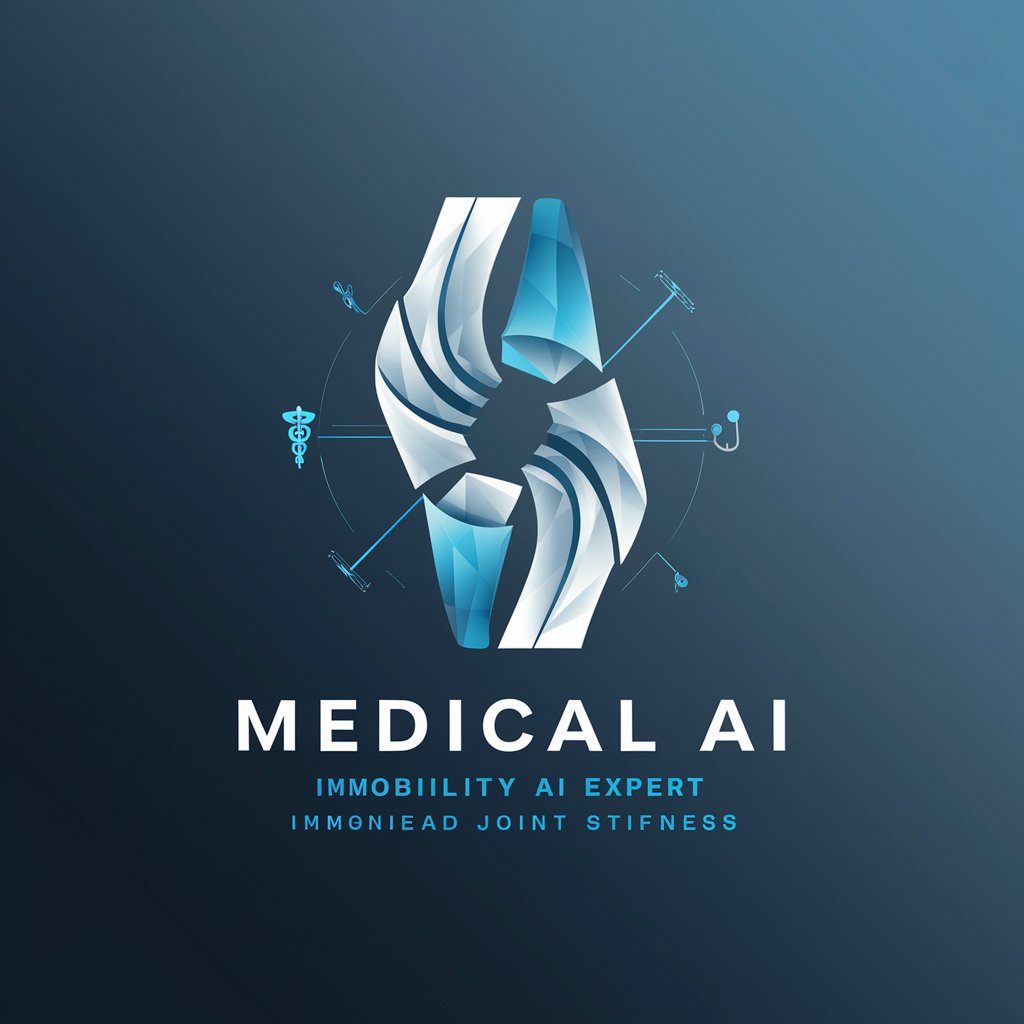
Welcome! Let's discuss the medical aspects of immobility and joint stiffness.
Empowering joint health through AI
What are the primary causes of joint stiffness due to immobility?
How does immobility lead to muscle loss, and what are the rates of this loss?
Can you explain the long-term effects of prolonged bed rest on joint health?
What practical steps can be taken to prevent joint stiffness during periods of immobility?
Get Embed Code
Overview of Immobility and Joint Stiffness Expert GPT
The Immobility and Joint Stiffness Expert GPT is designed to offer specialized knowledge on the medical aspects of joint stiffness and muscle atrophy due to immobility. Its creation stems from the need to provide medically-informed explanations that not only delve into the scientific details of immobility-related conditions but also offer practical advice for management and prevention. For instance, it is equipped to discuss the physiological effects of prolonged bed rest, such as muscle loss, which can occur at a rate of 1% to 1.5% per day in healthy individuals. This GPT can elucidate the mechanisms behind joint stiffness, offer insights into rehabilitation strategies, and suggest lifestyle modifications to mitigate the adverse effects of immobility. Powered by ChatGPT-4o。

Key Functions of Immobility and Joint Stiffness Expert GPT
Education on Muscle Atrophy and Joint Stiffness
Example
Explaining the biological processes that lead to muscle atrophy and joint stiffness during periods of inactivity, such as the decrease in muscle protein synthesis and changes in joint fluid composition.
Scenario
A patient recovering from a long hospital stay seeks information on why they feel weaker and their joints are stiff, to understand their condition and the importance of their rehabilitation program.
Guidance on Prevention and Management
Example
Providing tailored advice on exercises, nutrition, and lifestyle adjustments to prevent or manage muscle loss and joint stiffness, emphasizing the role of regular movement and specific nutrients in maintaining muscle and joint health.
Scenario
An individual planning to undergo surgery that will require prolonged bed rest afterwards seeks advice on strategies to minimize muscle loss and maintain joint flexibility during their recovery period.
Rehabilitation Strategies
Example
Outlining specific physiotherapy exercises and routines designed to rebuild muscle strength and enhance joint mobility post-periods of immobility, including resistance training and stretching exercises.
Scenario
A physiotherapist looking for evidence-based strategies to assist patients in regaining strength and flexibility after being immobilized due to fractures or surgical procedures.
Ideal Users of Immobility and Joint Stiffness Services
Patients Experiencing Immobility
Individuals who are undergoing or recovering from medical conditions that lead to prolonged periods of bed rest, such as after surgery or during severe illness, would benefit from understanding the impacts of immobility and how to address them.
Healthcare Professionals
Physiotherapists, nurses, and doctors who are directly involved in the rehabilitation of patients with immobility issues can utilize this GPT to enhance their knowledge and improve patient care strategies.
Caregivers and Family Members
Family members and caregivers looking after someone who is bedridden or has limited mobility will find valuable advice on how to support the individual's recovery and maintain their physical well-being.

How to Use Immobility and Joint Stiffness
1. Start Free Trial
Begin by accessing yeschat.ai to initiate a free trial, no account creation or ChatGPT Plus subscription required.
2. Identify Your Needs
Determine the specific aspects of immobility and joint stiffness you're interested in, such as prevention, rehabilitation, or understanding muscle loss.
3. Ask Your Questions
Directly input your questions or concerns regarding immobility and joint stiffness for personalized, detailed advice.
4. Utilize Advice
Apply the provided information and recommendations to your situation, whether for personal knowledge, academic research, or clinical application.
5. Continuous Learning
Regularly consult the tool for updates on practices and studies related to joint health and immobility to enhance understanding and outcomes.
Try other advanced and practical GPTs
FNJ Joint Income Tax Assistant - Kenya
Simplifying joint tax calculations with AI

Total Joint Rehab GPT
AI-powered personalized joint recovery
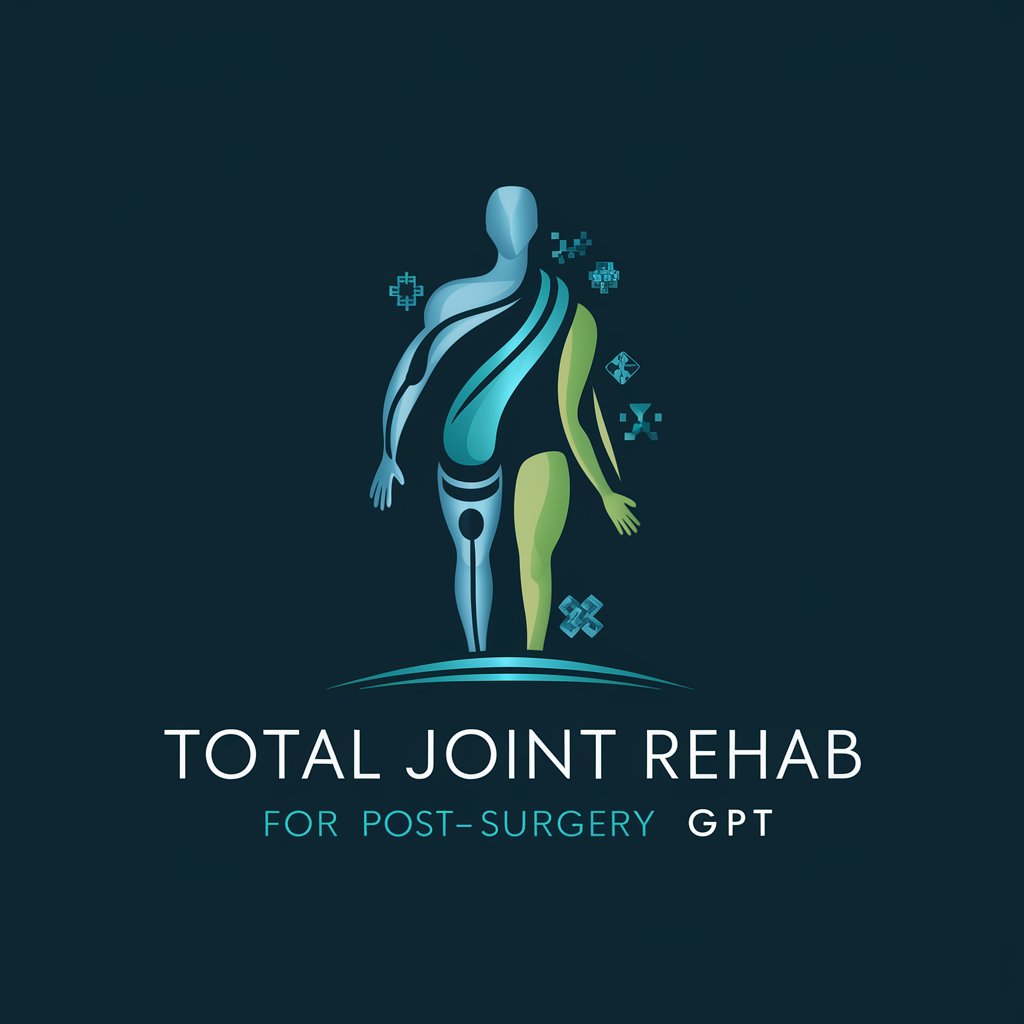
Joint Ventures Audit Advisor
Elevating Financial Integrity in Joint Ventures
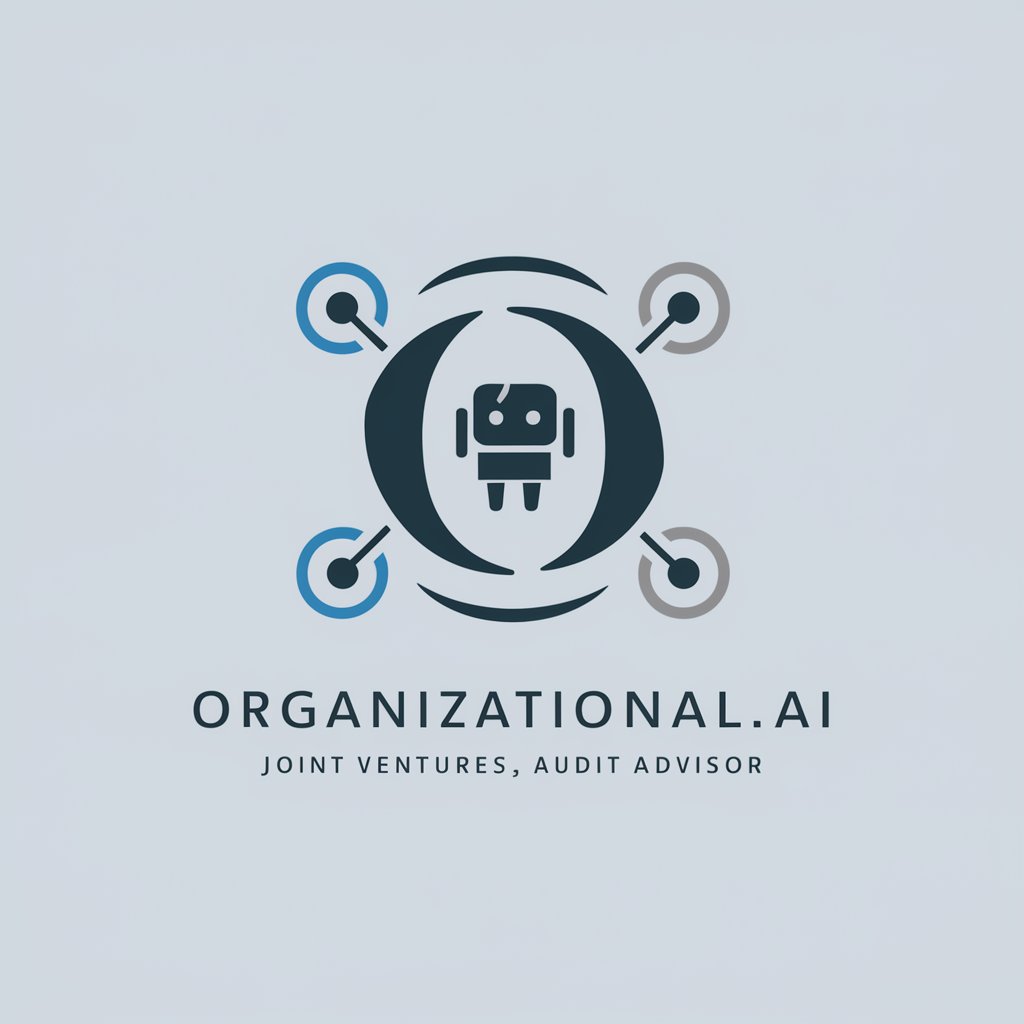
You+ Connection GPT
Empowering dental professionals with AI-driven insights
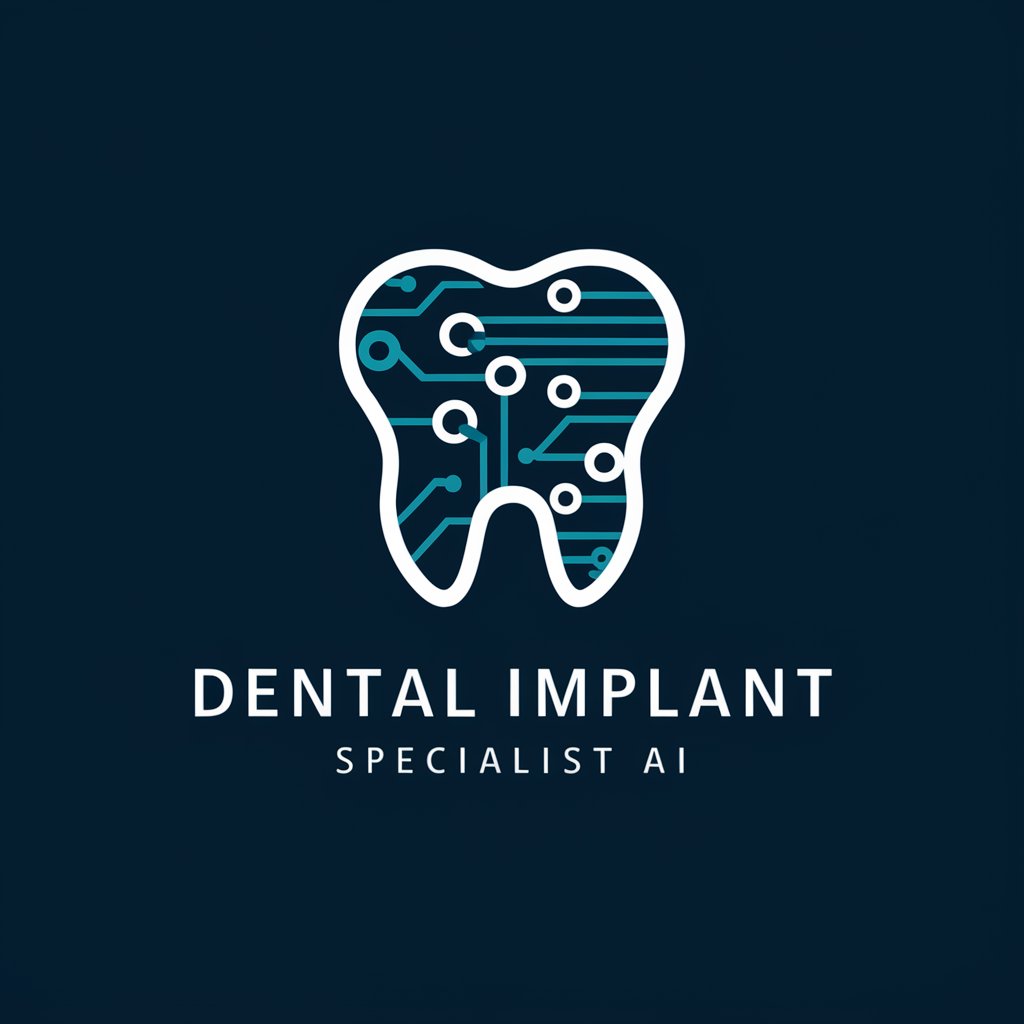
Sakura Connection
Unlock Japan with AI-powered translation and insights.

The Mind-Body Connection
Empowering Your Health Through Thought
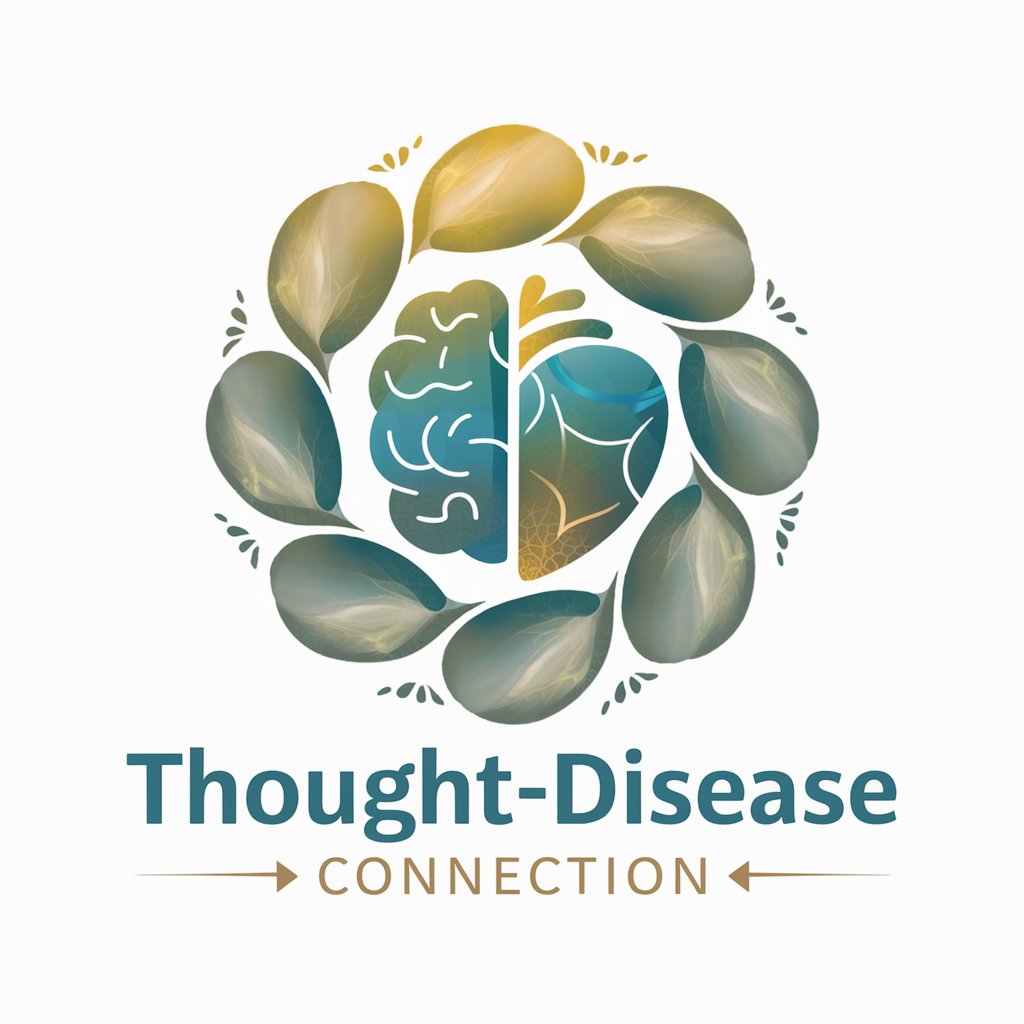
MS Power Point Pro
Transforming ideas into impactful presentations with AI.

Bullet point
Summarize text with AI-powered precision.

Straight To The Point
Instant clarity with AI-powered precision.

Power Point Generator
AI-driven PowerPoint design at your fingertips.

Power Point Creator Assistant
Transform ideas into impactful presentations with AI.

浅草のおばちゃん
Explore Asakusa with Local AI Guidance

Immobility and Joint Stiffness Q&A
What causes joint stiffness from immobility?
Joint stiffness from immobility is often caused by a combination of muscle atrophy, decreased joint fluid production, and the stiffening of connective tissues when not regularly moved or loaded.
How can I prevent muscle loss during periods of immobility?
Preventing muscle loss involves engaging in passive or active range-of-motion exercises, adhering to a protein-rich diet, and, if possible, incorporating resistance training or electrical muscle stimulation.
What are the long-term effects of immobility on joint health?
Long-term effects include increased risk of contractures, joint degeneration, reduced muscle mass and strength, and potentially chronic pain or decreased mobility.
Can immobility and joint stiffness be reversed?
Yes, with targeted physical therapy, nutritional support, and gradual reintroduction to activity, the effects of immobility and joint stiffness can often be significantly mitigated or reversed.
How does this tool help with academic research on immobility?
The tool provides up-to-date, evidence-based information and data on muscle loss percentages, rehabilitation techniques, and preventive measures, supporting academic writing and research projects.
